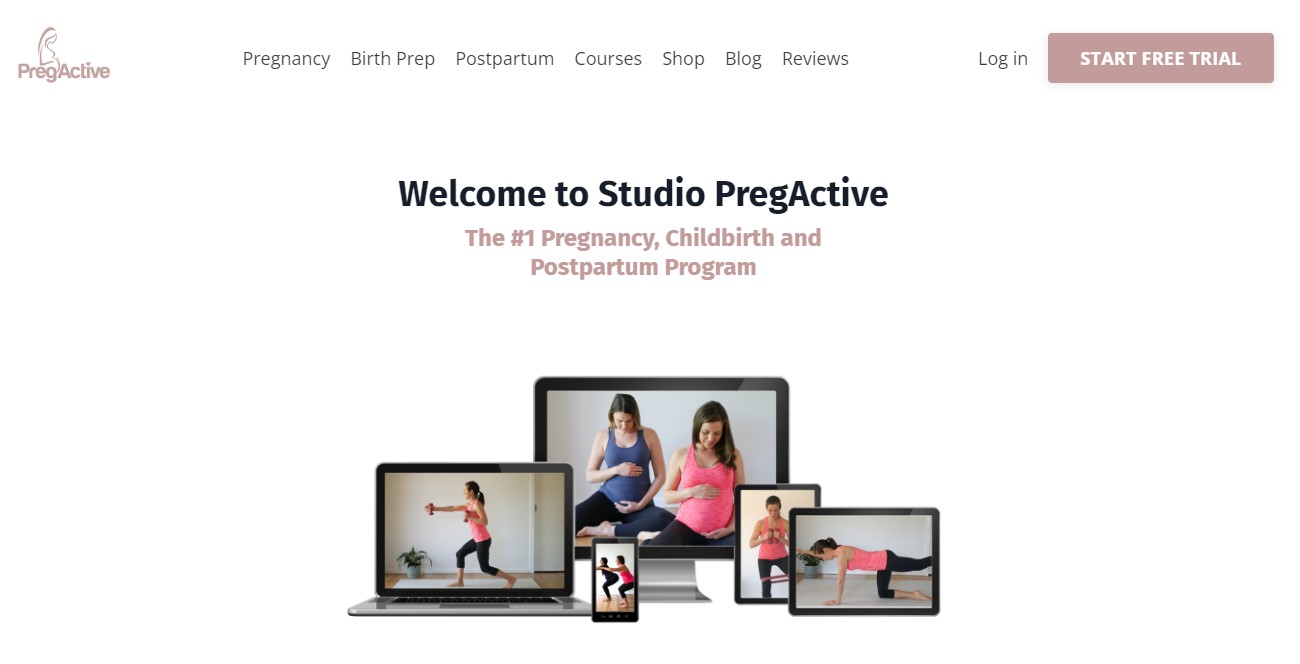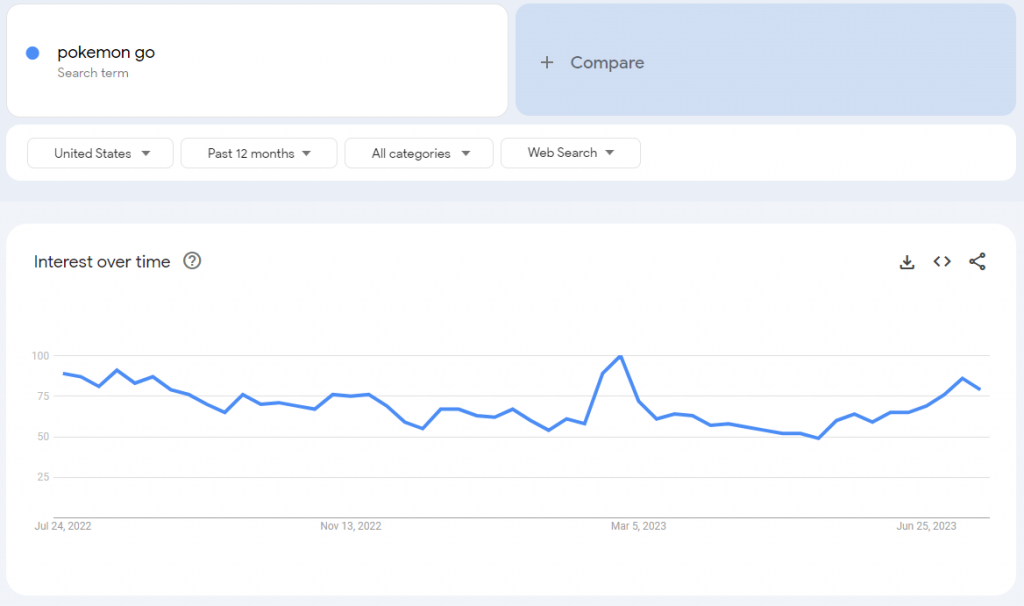
Niche-driven SEO helps align your brand’s online presence in the right direction in order to acquire the right customers.
Niche markets often have lower competition compared to broader industries.
By honing in on a specific niche, you can target keywords and search terms that have less competition, making it easier to achieve higher search engine rankings.
In this article, I have listed the top niche-specific search engine optimization tips and tricks to uplift your business’ SERP rankings, reach, and marketing ROI.
What is Niche-Driven Search Engine Optimization (SEO)?
Niche driven search engine optimization aims to draw the attention of a precise audience and establish authority in a specific industry.
This is achieved through targeted link building, personalized content creation, industry-specific keyword research, and high-level competitive analysis.
For instance, a yoga studio conducting yoga classes for pregnant women can target keywords such as "yoga classes for pregnant women in [city name]", "best yoga studio for pregnant women in [city name]", or "prenatal yoga classes in [city name]".

Niche-Driven SEO Tips and Strategies for This Year
Here are the top niche-specific SEO tips and tactics to adopt:
Create Buyer Personas
Start by defining your niche and your target audience clearly so you understand what to offer your customers.
Understand your customers’ needs, pain points, and requirements for the perfect persona through a comprehensive competitor analysis.
Gather information about your existing customers by conducting surveys and analysing data.
Look for common characteristics, such as age, gender, interests, and purchasing habits. Tools like Google Analytics can provide valuable data to create accurate buyer personas.
Once you have the information, give your persona a name, picture, and backstory to make it more relatable. This persona should be a reference point for crafting targeted marketing messages and strategies to attract and engage your ideal customers.
Conduct Niche Competitive Breakdown and Analysis
One of the key requirements of niche SEO is checking your competitors’ activities. It helps you make informed decisions on your marketing strategy and stay updated with industry trends.
Niche competitive breakdown and analysis involves researching and evaluating your closest competitors to gain insights into their strategies, strengths, weaknesses, and overall market positioning.
The purpose of this analysis is to identify opportunities for differentiation and to develop effective SEO strategies to gain a competitive edge within your niche.
To perform a niche competitive breakdown and analysis, start by identifying your main competitors within your niche.
Then study their website and content, their target audience, messaging, value propositions, pricing, and any unique selling points they may have. Look for gaps or areas where you can offer something different or better to attract customers.
You can also use an automated tool like our SEO audit tool to uncover the optimization tactics used by your competitors, and compare your website to theirs.

SEOptimer will automatically scan your and your competitor’s website to understand how your website compares with the competitor websites.

The competitor comparison feature is one of the easiest ways to compare your site against your top competitors.
Furthermore, you can use SEOptimer’s keyword research tool to enter your competitor’s domain and the tool will automatically fetch all the organic keywords the site ranks for.

Once you have the keywords that your competitors are targeting, you can include the exact keywords in your SEO strategy to acquire relevant audiences having the highest conversion chances.
Find Niche-Driven SEO Keywords
Keywords are essential to any SEO strategy as they are the connecting dots between your brand and your target audience.
Start by brainstorming topics and themes related to your niche. Consider the products, services, or solutions you offer and think about the specific aspects that your audience may search for, and write down as many ideas as possible.
Then, create a seed keyword list which involves finding all the relevant phrases which broadly relate to your industry and brand.
For instance, if you have a vegan cooking blog, you can target keywords having the word ‘vegan’ in them to acquire niche-specific organic traffic. Domestic Gothess is a fine example of a niche-specific cooking blog that targets vegans.

Some example keywords that this blog ranks on are:
- Vegan chocolate chip cookies
- Vegan frangipane
- Vegan marble cake
- Vegan gingerbread cookies
- Vegan chicken
- Vegan lemon curd
- Vegan dinner rolls
- Vegan palak paneer, plus several other similar keywords
Similarly, you can identify all your niche keywords into a keyword research tool to expand your seed keyword list.
You should select keywords having a high local search volume but low competition.
However, you should not ignore the search intent of the keyword as it can be a decisive factor in acquiring high-converting traffic to your domain.
If your niche business serves a specific geographic area, incorporate localized keywords into your strategy. For example, include the name of your city or region in combination with your niche keywords to attract local customers.
Don’t forget to combine competitor keywords with your niche keywords to create a final keyword sheet.
Create Niche-Driven Content
Industry-specific content generation can help your brand establish a strong authority in your niche while educating target customers and scoring high rankings on search engines.
Incorporate the keywords you have identified into your content naturally. Avoid keyword stuffing or over-optimization, as it may negatively impact the readability and user experience. Instead, aim for a seamless integration of keywords that align with the context of your content.
Develop a content calendar or schedule to ensure a consistent flow of fresh content. Additionally, update and refresh your existing content periodically to keep it relevant and up to date.
Experiment with different content formats, including blogs, videos, webinars, podcasts, and infographics, to draw the attention of different audiences and expand your brand’s reach.
Pregactive is an example of a niche-business focusing on pregnancy and postpartum workouts.

They publish blogs on different categories related to pregnancy workouts to acquire relevant traffic to their blog to sell their pregnancy and postpartum workout programs.

Beeswrap is another excellent example of a niche-driven food packaging business. Their food packing wraps are made of organic cotton, beeswax, tree resin, and plant oil. The product is 100% organic and aims to cut down on plastic.

Their blog section aims to educate people by sharing different tips and hacks they can do with Bee’s Wrap.

Different niche-specific content pieces on their blog educate people about the product and also share some quick recipes to draw in more people towards their product.

They don’t forget to mention the core USP of their product in all of their blogs to get the attention of environment-friendly consumers.
Build Niche Driven Backlinks
Acquiring niche-driven backlinks proves to be one of the strongest SEO tactics that send authoritative signals and relevance to the search engines about your website.
Besides boosting your search engine rankings and niche authority, industry-specific backlinks drive organic and targeted traffic to your website from niche-relevant sources. Remember that your website ranks high on search engines only if you acquire high-quality backlinks rather than focusing on the quantity of the links.
One of the best ways to build niche-driven backlinks is by producing valuable content and linkable assets like guides, eBooks, etc., to increase the chances of other websites in your niche linking back to your content as a reference or resource.

Participate in niche-focused events and communities to boost your brand reach and authority.
You can also identify influential individuals or organizations within your niche and reach out to them with personalized messages. Offer to collaborate on content, guest blog, or provide expert insights for their platforms.
When they feature your content or mention your brand, it can generate valuable backlinks from authoritative sources within your niche.
Finally, look for niche directories or resource pages that list businesses or websites within your industry. Submit your website to these directories or request inclusion in relevant resource lists.
Optimize Website Elements
To optimize website elements for niche-driven SEO, start by ensuring smooth scrolling and a fast page speed to provide a seamless user experience tailored to your industry audience.
Furthermore, you should always incorporate niche keywords on specific web elements, including title tags, meta descriptions, and image alt tags.
Ensure your website is responsive and mobile-friendly, providing a seamless experience across different screen sizes.
By implementing these optimizations, you not only stay ahead in the market but also boost brand loyalty and encourage referral marketing, as satisfied users are more likely to recommend your niche-specific website to others within your industry.
Stay Updated with Ongoing Industry Trends
Constantly check what’s happening in your niche to stay relevant to the target audiences and search engines.
You can attract high organic traffic if you optimize your site content with the latest statistics, trends, topics, and keywords. Utilize online tools like Google Trends to research industry trending topics.


You should also constantly check social media platforms, competitor activities, and discussion forums to stay updated with the ongoing trends.
Conclusion
Implementing niche-driven SEO strategies is crucial for businesses to effectively reach their target audience and gain a competitive edge. By understanding the specific needs and preferences of your niche market, you can optimize your website elements to provide a smooth user experience.
By implementing the niche SEO tips and strategies explained in this article, businesses can position themselves as leaders in their niche and achieve long-term success in the evolving landscape of SEO.





